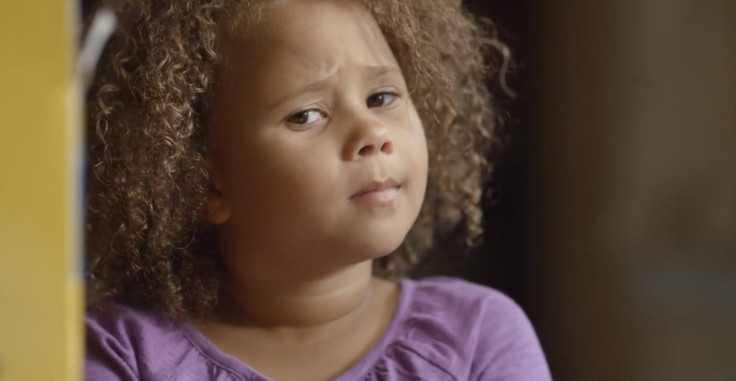Cheerios Commercial Serves Up Racial Tensions For Breakfast: Why Boring Is The New Bold

A Cheerios advertisement ignited controversy this week after a slew of racist comments erupted on the brand’s YouTube page. The vitriol came in response to a 30-second commercial showing a mixed-race family. It got so bad comments were disabled. YouTube is no stranger to discriminatory comments, but this video content was as prosaic as it gets. Who’d have thought cereal could get so serious?
As a biracial American, I was excited to see this advertisement precisely because it’s so dull. As commercials go, this one can’t get any more conventional: cute kid, sunny day, happy family, banal humor. But it’s got everyone talking about Cheerios, myself included. Smart move by Saatchi & Saatchi, a marketing and communications firm that counts General Mills (NYSE:GIS) as a client.
That a run-of-the-mill commercial can still provoke heated backlash in 2013 is disappointing, but it looks like the scale of the negative response has been overblown. Those who watched the clip on YouTube were 15 times more likely to give a thumbs-up rating than a thumbs-down.
Mixed-race marriage is clearly underrepresented in the media, but these unions are not so rare in real life. The 2010 Census found that 10 percent of opposite-sex married couples are now interracial. And mixed-race kids like myself are coming up fast; we make up only about 3 percent of the population, but our numbers have increased by 32 percent from 2000 to 2010, compared to 9.2 percent growth for those who identify as single-race.
We also happen to have a mixed-race president. I’d say that’s progress.
When my parents were born, it was illegal for mixed-raced couples to wed in some states. But the Supreme Court case Loving vs. Virginia struck down so-called anti-miscegenation laws in 1967. (‘Loving’ was the last name of the plaintiffs who wanted their marriage recognized. Isn’t that nice?) My black mother and white father were able to tie the knot legally in 1984.
It’s hard to say what it means to be a member of the mixed-race population. This community breaks down socially constructed divides by showing where they blur, but we are not especially prone to solidarity -- at least, not as far as I can tell. We exist along a spectrum, dealing in shades of gray in a world often painted in black and white. We are so disparate that even using the pronoun ‘we’ makes me feel funny; I really can’t speak for anyone else at all.
But I do feel some affinity for the little girl in this advertisement, and for her fictionalized parents. What makes the spot so appealing is its ordinariness; it portrays a happy little family in the traditional style of a mass-market advertisement.
Marriage is, after all, one of the most conventional things you can do. Opponents of interracial marriage insisted that it went against the natural order, and that appalling argument is still used against same-sex marriage today. That criticism stems from discomfort with the unorthodox, and it loses steam once you consider all the mundane realities the average marriage entails: dishwashing duties, leftover lasagna, hospital visits and joint finances. In practical terms, this is what Mr. and Mrs. Loving fought for 46 years ago.
We haven’t gotten to the stage where mixed-race marriage is wholly accepted, as General Mills discovered last week. But I’m glad the commercial exists -- it is a sign that the public perception of mixed-race marriage has come a long way. Once, it was scandalous. Soon, it’ll be downright boring. And that’s just the way it should be.
© Copyright IBTimes 2024. All rights reserved.






















